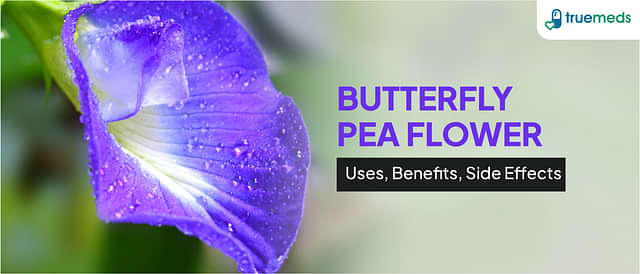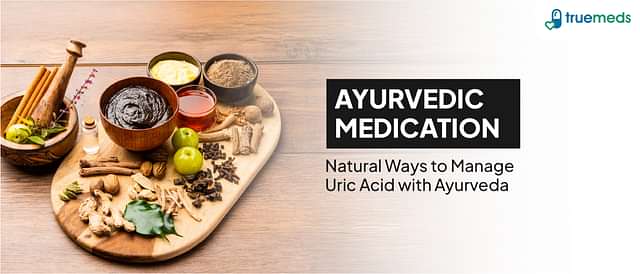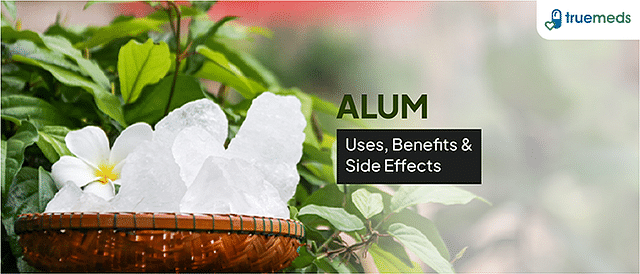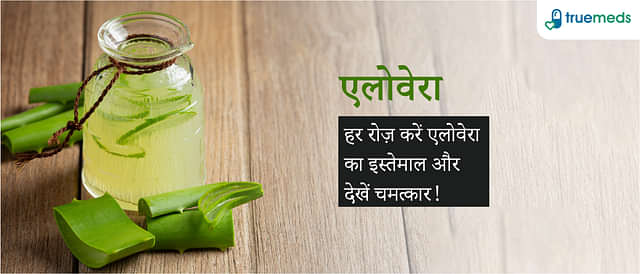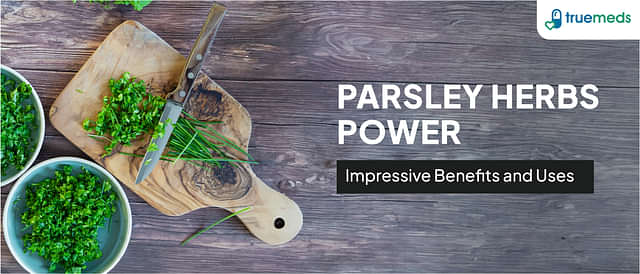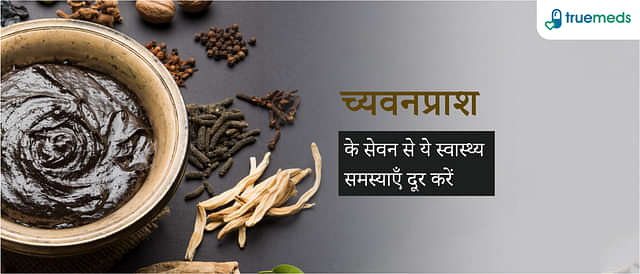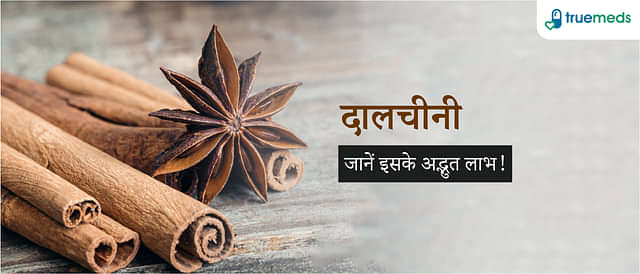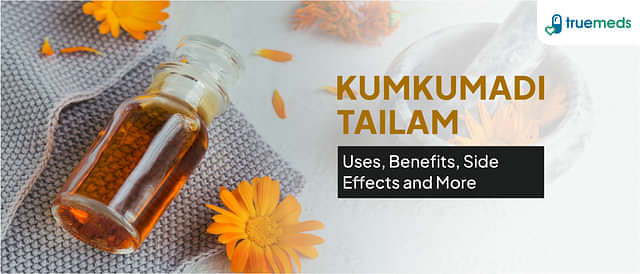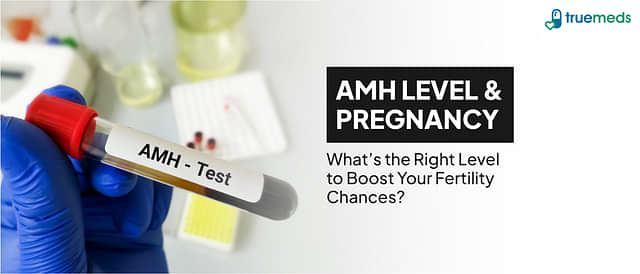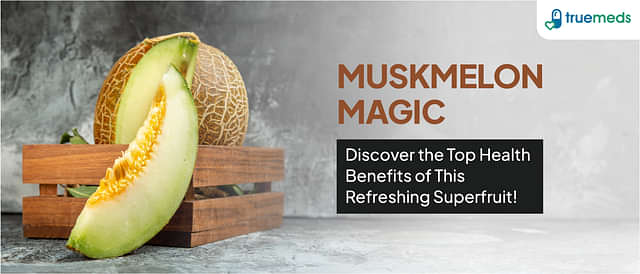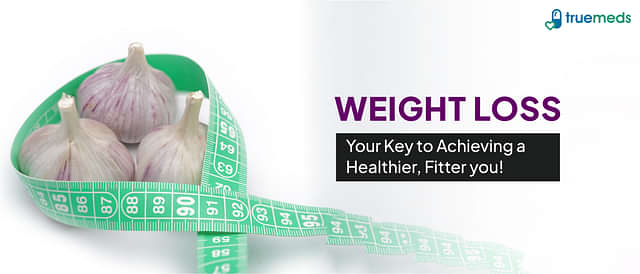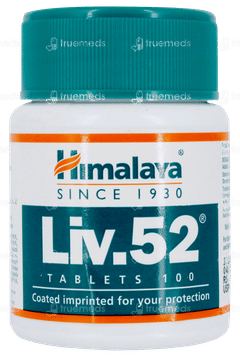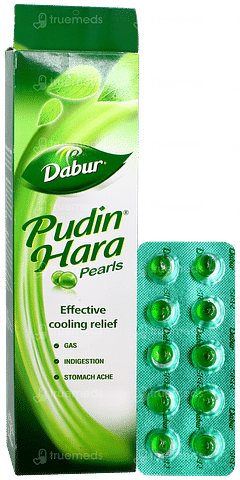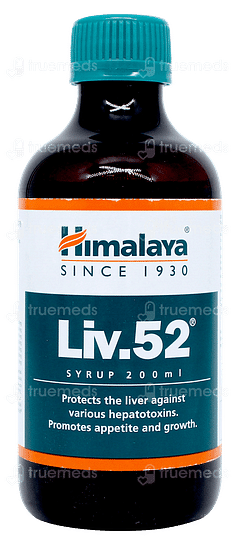Moong Dal
Moong Daal is a widely used pulse relished in several countries, particularly in Asia. This small green bean has been in traditional medicine for many years due to its health benefits. The nutritional profile of Mung Beans includes high amounts of protein, dietary fibre, vitamins, and minerals that are beneficial for the body. They consist of several molecular fractions, which, if consumed, may enhance human health by regulating blood glucose, cholesterol, and cardiovascular health. Also, moong bean is believed to offer prevention against specific diseases and strengthen immunity. Ayurveda recommends it under daily consumable foods and considers it the best among pulses, as it is rich in nutritional qualities and is known to balance Kapha and Pitta dosha in the body. Due to these many health benefits, Mung Beans are categorised as a functional food that can improve diet quality.
Last updated on : 04 Aug, 2025
Read time : 11 mins
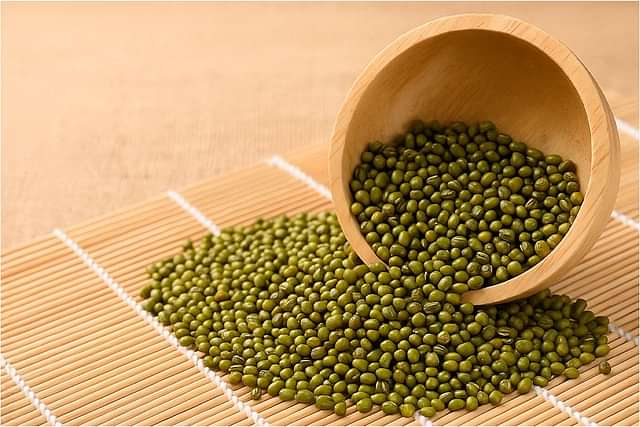
What is Moong Dal?
Moong Dal, or Vigna Radiata L, is a popular pulse worldwide, particularly in Asian regions. It has been used both as a food ingredient and traditional medicine for centuries. This nutritious food contains protein and is perfect for those who try to reduce or eliminate meat from their diet. It also has some dietary fibre, vitamins, and minerals, and it is very low in fat.
Moong Dal is also rich in vitamins and minerals and has some other health benefits. It has an antioxidant role and may help prevent the risk for cancer, among other benefits. Moong Dal contains phytochemicals that reduce inflammation and assist in bringing down lipid profiles, thus enhancing cardiac health.
In addition, Moong Dal have prebiotic content that helps enhance the gut's friendly bacteria, which is essential for digestion. Some of the products produced from Mung Beans are beneficial foods, including Mung Bean milk and non-dairy probiotic beverages. Besides being used for culinary purposes, Mung Beans are used in cosmetic products as well. In general, Mung Daal is a very beneficial product that can be used in many kinds of diets.
Source of Moong Dal
Moong Dal, derived from the Mung Bean (Vigna Radiata), is likely native to the Indian subcontinent. It is widely cultivated across Asia, particularly in countries such as India, China, Korea, and Thailand, where it is used in a variety of sweet and savoury dishes. Additionally, Mung Beans thrive in relatively dry tropical and subtropical regions, making them suitable for cultivation in areas like the Caribbean and parts of Africa. This diverse growing environment contributes to the widespread availability of Moong Dal, making it a staple ingredient in many cuisines around the world.
Quick Facts
| Feature | Details |
| Quick Facts |
|
| Source |
|
| Common uses of Moong Dal | Culinary:
Agricultural:
|
| Chemical composition |
|
| Alternative names |
|
| Health benefits |
|
| Forms available |
|
| Recommended Dosage |
|
| Safety Measures for using Moong Dal |
|
| Storage |
|
Alternative Names of Moong Dal
Vigna Radiata is known as Mung Bean, Green Gram, and Yellow Gram. These alternative names reflect the culinary uses of this bean and its variations in colour. There are regional variations in the name like it is called Cherupayar in Kerala, moong dal in most parts of Northern India, Hesaru kaalu in Karnataka, Pachai Payaru in Tamil nadu, and Pesara Pappu in Andhra Pradesh. In Sanskrit it is referred to as Mudga.
How is Moong Dal Made?
Moong Dal is prepared from Mung Beans, which may be cooked fresh or dried to develop a mild, sweet taste. The dried beans are usually husked and split to make Dal, which is a staple in the Indian subcontinent and is applied to curries, soups, and porridge. They are used in fermentation and various recipes and are processed in dried beans to produce a starchy type of flour for bread or Mung Bean noodles. Mung Bean sprouts, obtained just when they are 2-3 days old, are ideally used as starters to be consumed raw in salads or can be cooked and added to stir-fries or soups. Also, the immature seed pods and tender leaves are eaten as traditional vegetables. Mung Beans are helpful, especially in agriculture, as they improve the soil, are used as cover crops, and provide green manure. The Yellow Gram is a low-yielding variety with yellow seeds and is mainly used for this purpose. The plants are also used as feed for animals such as cattle.
Chemical Composition
The following table underscores the nutritional value of Moong Dal per 100 grams:
| Components | Amount and Unit per 100 grams |
| Energy | 339 kcal |
| Protein | 25 g |
| Total Lipid (fat) | 1.34 g |
| Carbohydrate | 58.04 g |
| Fibre | 27.7 g |
| Sugar | 0.89 g |
| Calcium | 36 mg |
| Iron | 4.02 mg |
| Sodium | 9 mg |
| Fatty Acids | 0.45 g |
| Vitamin A | 89 IU |
Health Benefits of Moong Dal
1. Nutritional Profile
Mung Beans (Vigna Radiata) are a popular and nutritious plant, the seeds/beans are used for making this Moong Dal. It can provide between 20.97 – 32.6% protein, which makes it a valuable source of protein; they are rich in essential amino acids, which grains are often deficient in. This makes it a favourite food in countries such as India and Pakistan. Moong Dal is a rich source of minerals, iron, dietary fibre, and beneficial compounds. Moong Dal intake is helpful for the overall health of individuals.
2. Blood Sugar Control
Another health impact of Moong Dal is its property of hypoglycemic activity, which is beneficial to anyone with a tendency towards diabetes. Mung Beans are also packed with starch, which is a low-glycemic carbohydrate, so it should not spike blood sugar. Studies have shown that consuming low-glycemic index meals such as Moong Dal will go a long way in decreasing the incidences of diabetes and obesity.
3. Heart Health
Moong Dal also contains nutritive values that assist in the regulation of cholesterol levels and perform its function of sustaining the health of the heart. Published research reports have shown that Mung Bean protein tends to reduce total cholesterol and triglyceride levels in the body. This is useful as it enhances the way that fat is metabolised in the body and may also reduce the dangers of heart disease. One more piece of such evidence suggests that including Moong Dal in your diet might improve your overall heart health.
4. Liver Protection
Yet another benefit of consuming Moong Dal is that it can safeguard the liver. Whole and sprouted Mung Beans have been known to help defend the liver against harm from alcohol, some diseases, and other factors. It is also advisable to eat Moong Dal since it has numerous positive effects on people's livers and reduces liver enzymes and inflammation.
5. Blood Pressure Management
Moong Dal can also reduce hypertension levels; this is true. The protein in Mung Beans contains compounds that inhibit an enzyme, leading to increased blood pressure. Consuming Moong Dal could help regulate blood pressure, thus lowering the development of heart complications in people.
6. Cancer Risk Prevention
Some studies have also indicated that Moong Dal may be able to shield people from the risks of some kinds of cancer. The compounds of Mung Beans, phenolic compounds, flavonoids, protease inhibitors, lectins, phytosterols, and minerals like selenium may act to retard the formation of particular cancers. Research shows that these beneficial components can even kill cancer cells, including breast cancer and digestive system cancers. Take Moong Dal often and turn down its health benefits, including preventing cancer risk from taking this food item.
Common Uses of Moong Dal
1. Culinary Applications
Moong Dal is a versatile ingredient used in various dishes due to its mild, slightly sweet flavour. The beans can be cooked fresh or dried and are commonly featured in:
- Curries and Soups: Moong Dal adds nutrition and texture to a variety of curries and soups.
- Porridge: It is often cooked into a warm and hearty porridge, popular in many cultures.
- Dal: Split Mung Beans are made into Dal, a staple dish throughout the Indian subcontinent.
Moreover, a variation of Mung Beans is the fermented ones used in several recipes. Here is how fermented Mung Beans are used in several recipes:
2. Flour and Noodles
Dried Mung Beans can be processed into starchy flour, which is used for:
- Bread: Mung Bean is used in making bread, which has nutritional value since it is added to flour.
- Transparent Noodles: They can also be processed into transparent Mung Bean noodles, one of the ingredients in Asian food.
3. Desserts
In several Asian countries, Mung Bean paste is widely used in frozen desserts to provide some taste and texture.
4. Sprouts and Vegetables
Mung beans are easy to germinate, leading to several uses:
- Salad Toppings: Fresh, barely sprouted seeds are nutritious salad toppings.
- Mung Bean Sprouts: Collected when young and growing for 3-5 days, these edible sprouts can be consumed in salads or cooked in stir fry, sandwiches, or soups.
- Immature Seed Pods and Leaves: Besides, the young seed pods and leaves, making this plant even more versatile, are also used as vegetables.
5. Agricultural Uses
Beyond culinary applications, Mung Beans have significant agricultural value:
- Soil Enrichment: Mung beans can be used by covering the land to provide texture to the soil and as green manure crops.
- Livestock Fodder: The plants are used as animal feed and as support for farming exercises as part of the livestock resources.
- Yellow Gram Cultivar: A forage variety called Yellow Gram with yellow seed colour is cultivated mainly for its nitrogen-fixing capability.
Interactions
- Mung beans may enhance the effects of antidiabetic medications, leading to a risk of hypoglycemia.
- The antioxidants in mung beans could potentially alter the effectiveness of certain drugs metabolized by the liver.
- High oxalate content in mung beans may affect calcium absorption, which is significant for individuals prone to kidney stones.
- The high fiber content can cause gastrointestinal discomfort, including gas or bloating, relevant for those on medications affecting gut health.
Key Takeaways
- Moong Dal is a widely consumed pulse, especially in Asian countries.
- It is valuable for its nutritional properties and is rich in protein, dietary fibre, vitamins, and minerals, contributing to overall health.
- It has antioxidant compounds that can benefit a person from inflammation and be helpful for a healthy heart.
- Moong Dal can be boiled and tossed in curries, used in stews, or made into a simple soup or Kichadi. It is predominantly used in the preparation of dal or Indian food.
- Moong Dal can help stabilise blood sugar, support heart health, have liver-protecting functionality, have anti-hypertensive properties, and prevent cancer risk.
- Moderation is necessary as excessive intake may cause bloating or digestive discomfort.
- Though uncommon, it is advised to discontinue its usage if allergic reactions occur.
- Those with digestive conditions like IBS should limit intake or cook well to avoid discomfort.
FAQs
Is Moong Dal heavy to digest?
Does Moong cause gas?
Can I eat Moong Dal 3 times a day?
Can I eat Moong Dal on an empty stomach?
Can I eat soaked Moong?
Do you need to soak Moong Dal?
What is Moong Dal in English?
Is Moong Dalstarch healthy?
Can you eat raw Mung beans?
Does Moong Dal flour contain gluten?
Does Moong Daal cause gas?
Is Moong Daal good for uric acid patients?
References
- Hou, D., Yousaf, L., Xue, Y., Hu, J., Wu, J., Hu, X., Feng, N., & Shen, Q. (2019). Mung bean (Vigna radiata L.): Bioactive polyphenols, polysaccharides, peptides, and health benefits. Nutrients, 11(6), 1238. https://doi.org/10.3390/nu11061238
- Hou, D., Yousaf, L., Xue, Y., Hu, J., Wu, J., Hu, X., Feng, N., & Shen, Q. (2019). Mung bean (Vigna radiata L.): Bioactive polyphenols, polysaccharides, peptides, and health benefits. Nutrients, 11(6), 1238. https://doi.org/10.3390/nu11061238
- DeEll, J. R., Vigneault, C., Favre, F., Rennie, T. J., & Khanizadeh, S. (2000). Vacuum cooling and storage temperature influence the quality of stored mung bean sprouts. HortScience: A Publication of the American Society for Horticultural Science, 35(5), 891–893. https://doi.org/10.21273/hortsci.35.5.891
Explore other categories
Related Health Articles
Latest health articles
Top Health Essentials
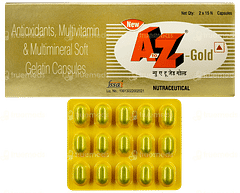
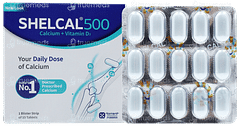
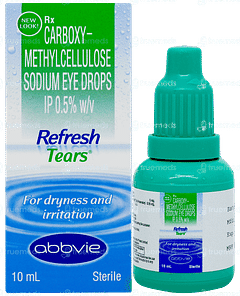
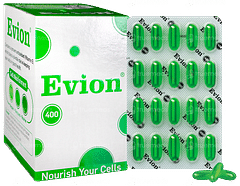
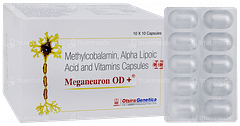
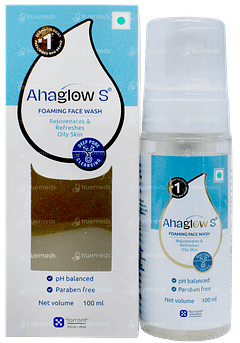

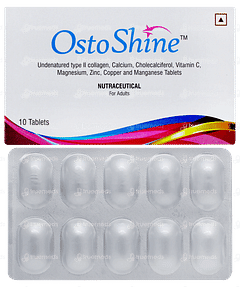
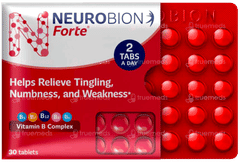
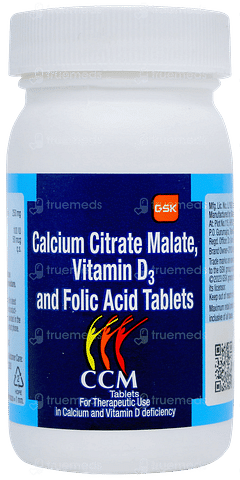
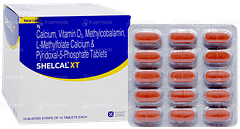
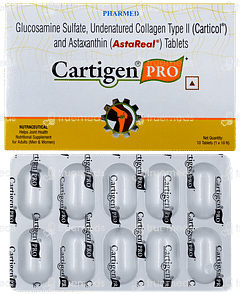

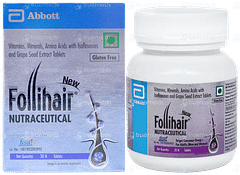
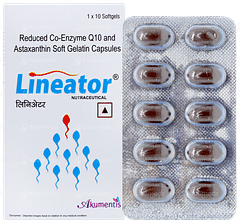
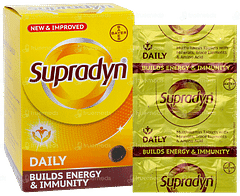
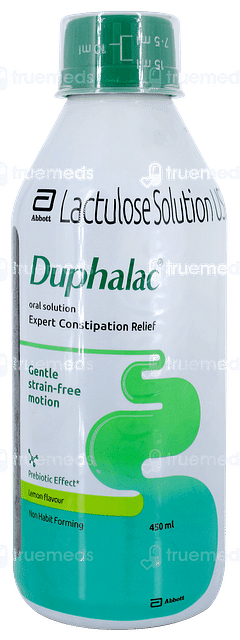
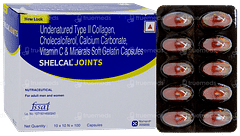
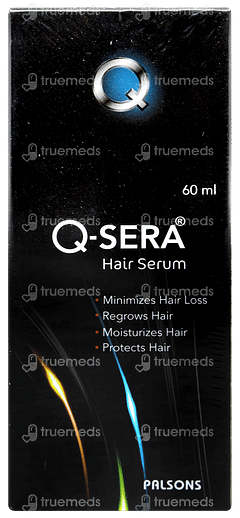

Top-selling ayurvedic products
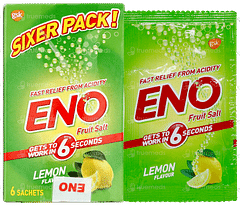
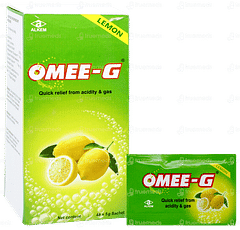
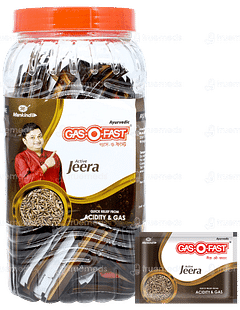
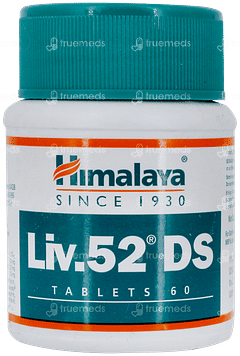
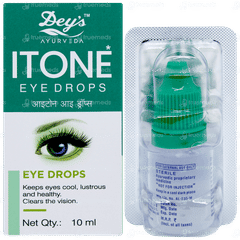
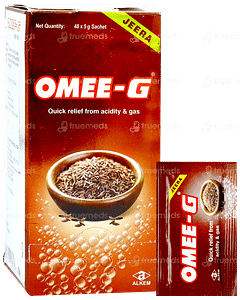
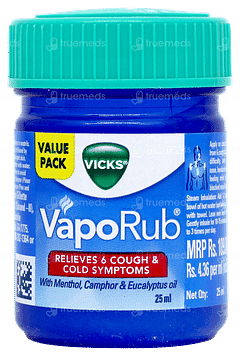
Disclaimer
Top-Selling Medicines:
...View more
Top-OTC medicines:
...View more
Top-selling healthcare devices:
...View more
Company
About UsHealth ArticleHealth StoriesDiseases & Health ConditionsAyurvedaAll MedicinesAll BrandsNeed HelpFAQSubscribe
Registered Office Address
Grievance Officer
Download Truemeds
Contact Us
Our customer representative team is available 7 days a week from 9 am - 9 pm.
v4.3.0
2025 - Truemeds | All rights reserved. Our content is for informational purposes only. See additional information.
Our Payment Partners










